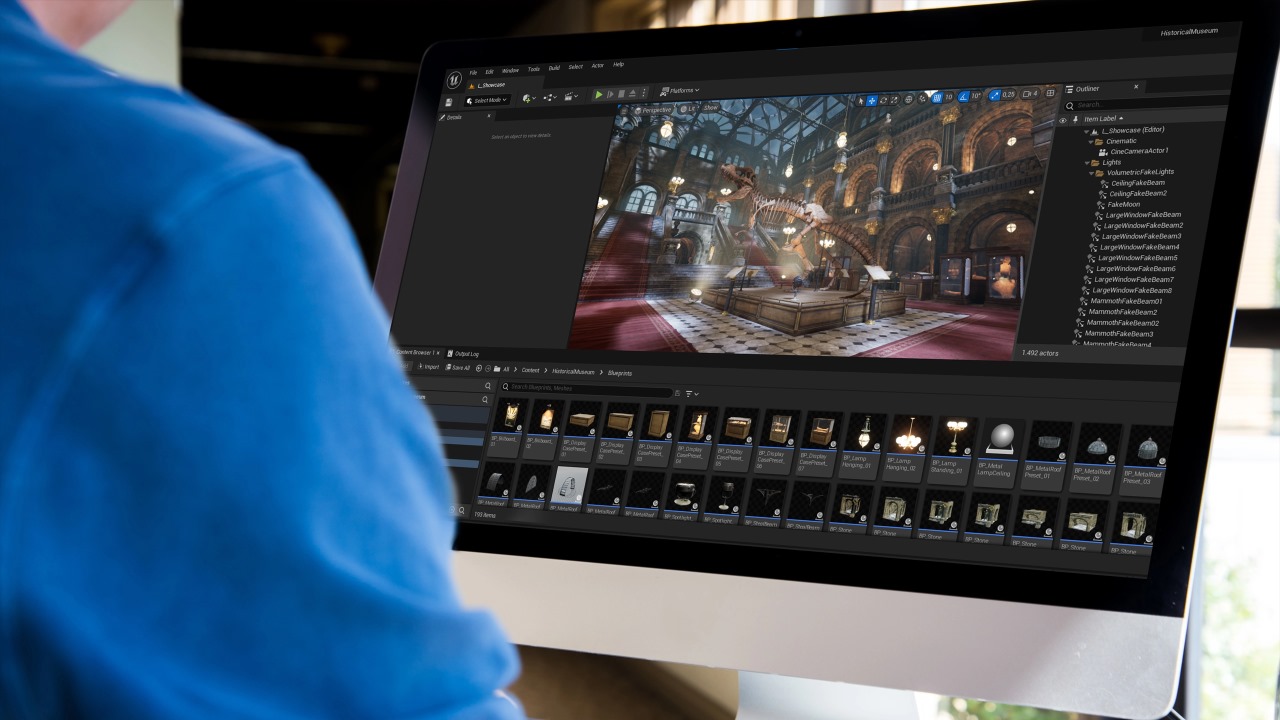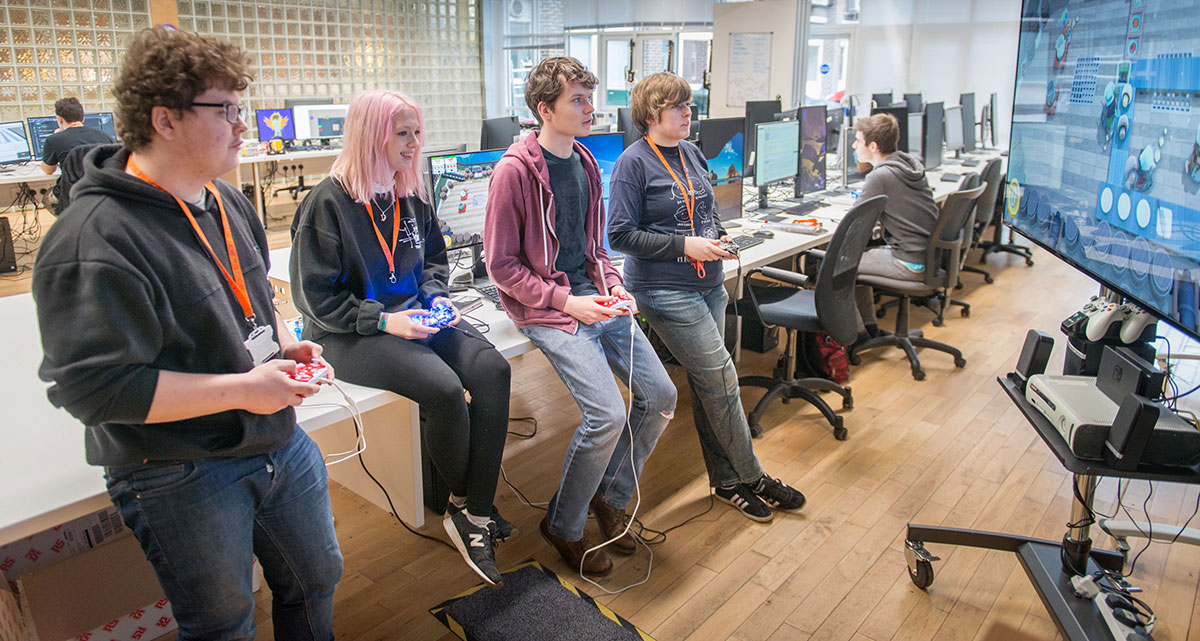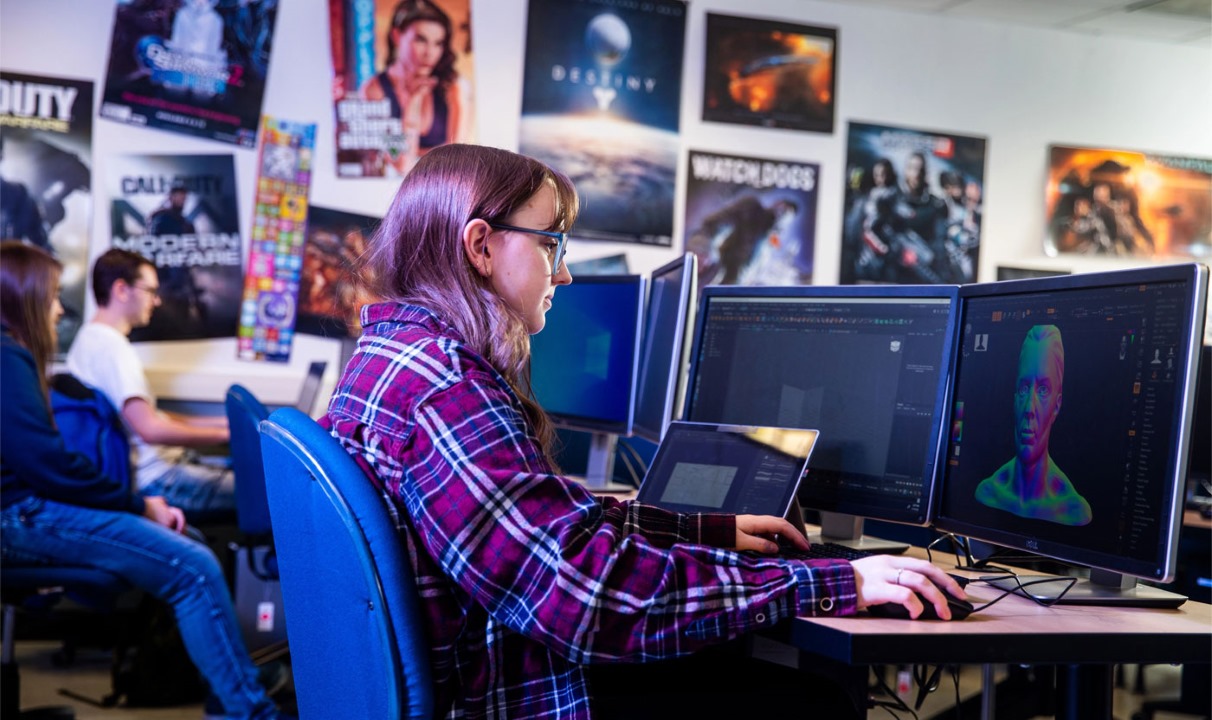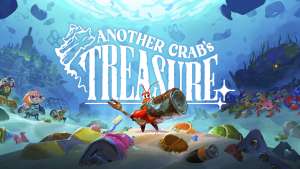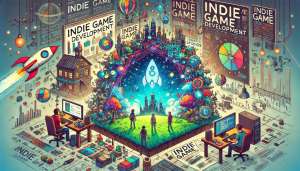Not too long ago, the idea of creating a video game meant learning how to code—sometimes for years—before you could even get a character to jump. It felt like a technical mountain that only trained programmers could climb. But that era is long gone. Today, powerful game creation tools with drag-and-drop functionality, visual scripting, and beginner-friendly interfaces are opening the door for artists, storytellers, educators, and even kids to build and publish games without writing a single line of code.
Whether you want to build a 2D pixel-art platformer, an RPG full of custom characters and branching dialogue, or a mobile puzzle game, there's a no-code or low-code tool tailored for your vision. Many of these platforms also offer libraries full of pre-made assets, sample projects, and export options for mobile, web, PC, or even consoles. With no programming barrier, your only limit is your imagination.
In this guide, we’ll walk through the top game creators that require zero coding knowledge. These platforms empower users to bring their ideas to life in ways that would’ve seemed impossible a decade ago. Whether you're a hobbyist exploring game design, an indie dev looking to prototype fast, or a teacher wanting to use games in the classroom, there’s something here for you.

